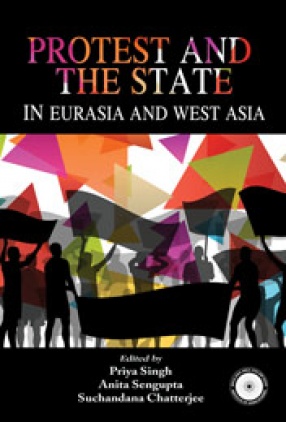
Anita Sengupta

Showing all 14 books
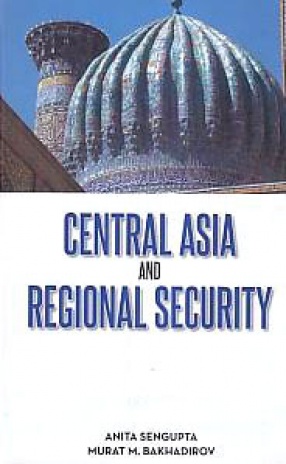
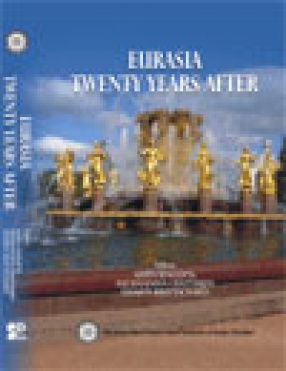
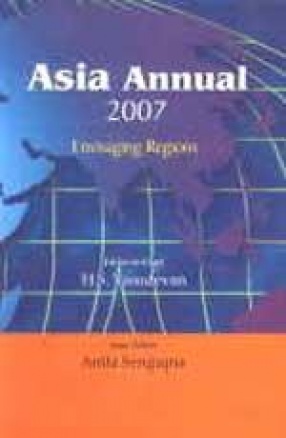

The twenty-first century has witnessed disaffection and protest across Eurasia and West Asia, triggering debates questioning the state of governance as well as looking at a redefinition of the ‘arc of crisis.’ By and large, there have been two major viewpoints, one which emphasises the aspect of ‘failed states’ and the other that focuses on technology as the prime instigator and motivator for the protests. Even as the Arab Uprisings are ...
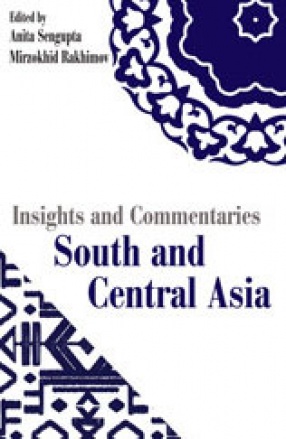
This volume emerged out of a search for scholarship that has studied connectivity between South and Central Asia from a variety of perspectives. Geographically and culturally, the vision that India has had of the region she referred to as Central Asia is of a space extending across China westward upto the Aral Sea and including within it Balkh, Bukhara and Samarkand. The Indian fascination with the region extends to various levels as this is the region out of ...
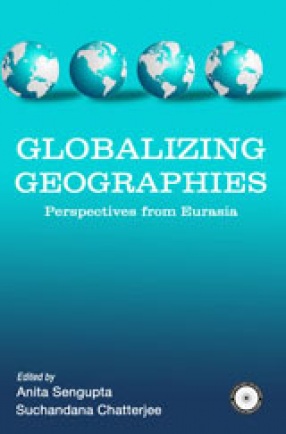

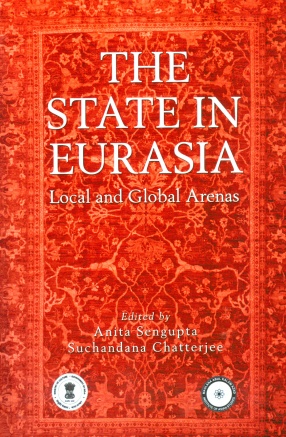
Since the emergence of post-Soviet state in the Eurasian space there has been considerable reflection on the role that the state has played in the local and gobal arenas. Transformations from being part of the 'Sovite' of independent existance has meant state involvement in the forging of new nations out of disparate identities based on the criteria of national languages, the reinterpretation of histroical events, depiction of personality-centric themes, the ...

The volume focuses on Eurasia during the last two decades, which mark both the disintegration of the Soviet Union and the appearance of fifteen new independent states in the global arena. On the one hand, twenty years of the collapse of the Soviet Union generated debates over the causes and consequences of the collapse. On the other hand, there have been discussions on what the last two decades meant for the emerging states, the individual and the community. The ...
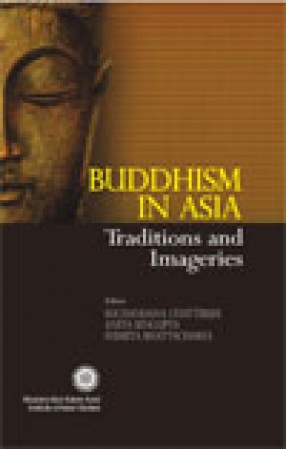
The volume aims to bring together a gamut of ideas about Buddhist traditions and imageries across the trans-Himalayan Buddhist space. It also focuses on varied experiences in Buddhist monastic landscapes and pilgrimage destinations in Asiatic Russia, South Asia and South East Asia. The articles not only reflect the sentiments of Eurasian scholars regarding a Buddhist space but also diverse opinions across that space.
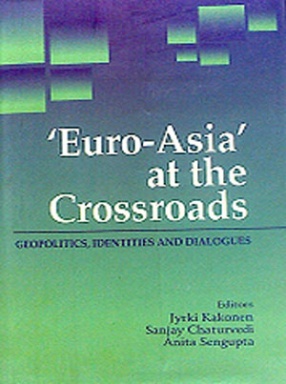
The volume is a critical enquiry into the ways in which space is imagined, represented as well as resisted in geopolitical struggles and in everyday life. It attempts this enquiry through a number of articles that examine these issues in Europe and Asia touch upon the intricate interplay between the ‘geo-economics of hope’ and the ‘geopolitics of fear.’ The insertion of a hyphen between ‘Euro’ and ‘Asia’ underlines ...
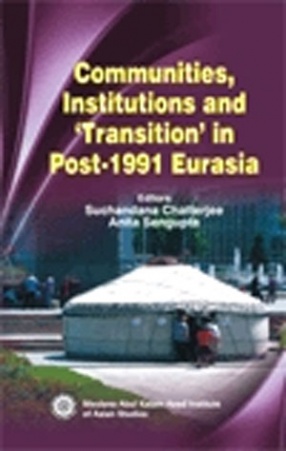
Since Soviet disintegration, there have been varied perceptions about Eurasia's transition. Initially, attention was focused on the changes that became obvious in politics and society and people's orientation towards change. Gradually, there was a re-appraisal of the transformation that occurred, and attempts were made to identify the genesis of change in the Soviet era. Post-Soviet thinking metamorphosed into a realistic appraisal of the continuities ...
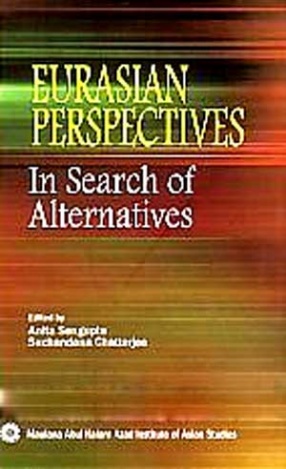
The book attempts to address problems associated with resuscitation of the Eurasian paradigm, which has resulted in renewed debates and discussions about a space that though imagined as a 'heartland' has tended to be represented as a periphery. There have been reappraisals about culture and identity that relate not only to the present but also re-contextualizes the past. There is increasing recognition of the need for new methodological terminologies that ...
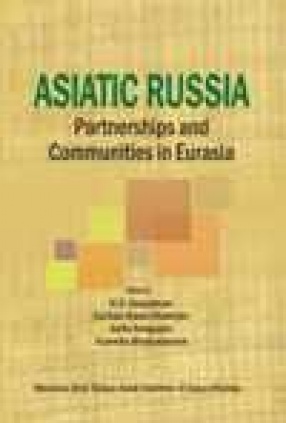
The volume, a collection of articles contributed by scholars from Russia and India, explores various perspectives about Russia's role in Asia. It attempts to integrate views about the Eurasian region and to examine a range of opinions about Siberia as a new field of study within Eurasia. The policy makers and scholars having interest in the region may find the book useful.
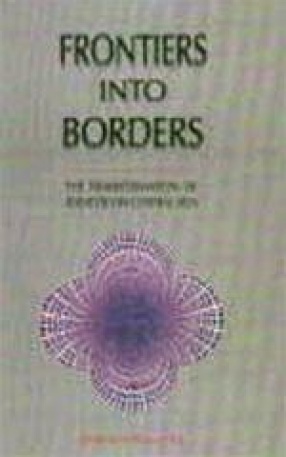
The emergence of states in the Central Asian region, in the course of the last century, entailed both a reconfiguration of political space and a reforging of collective identities within the borders of the states. As the fuzzy limits of frontiers were transformed to more rigidly determined borders, identities were transformed. In most cases, however, the extent of this transformation was limited by cultural and socio-economic factors that ultimately determined ...
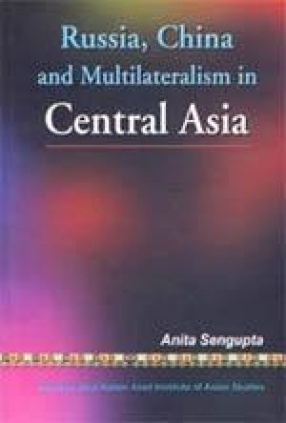
It was assumed that the post 9/11 era would herald a transformation in Central Asian security structures where existing multilateral arrangements with Russia and China would be bypassed in favour of bilateral arrangements with the United States. This would entail a change in the positions of Russia and China as significant partners in multilateral arrangements within the region. The book examines Russian and Chinese interactions over the Central Asian region and ...

In Asia Annual 2007, contributors have engaged with the notion of 'regions' in Asia from the standpoint of various disciplines of social sciences. In their choice of regions under discussion, the contributors have tackled Asiatic Russia, Central Asia, West Asia and South Asia--which, interestingly, comprise the very regions that have attracted the greatest attention in the realm of Area studies since the Cold War. The articles in this volume have approached the ...
